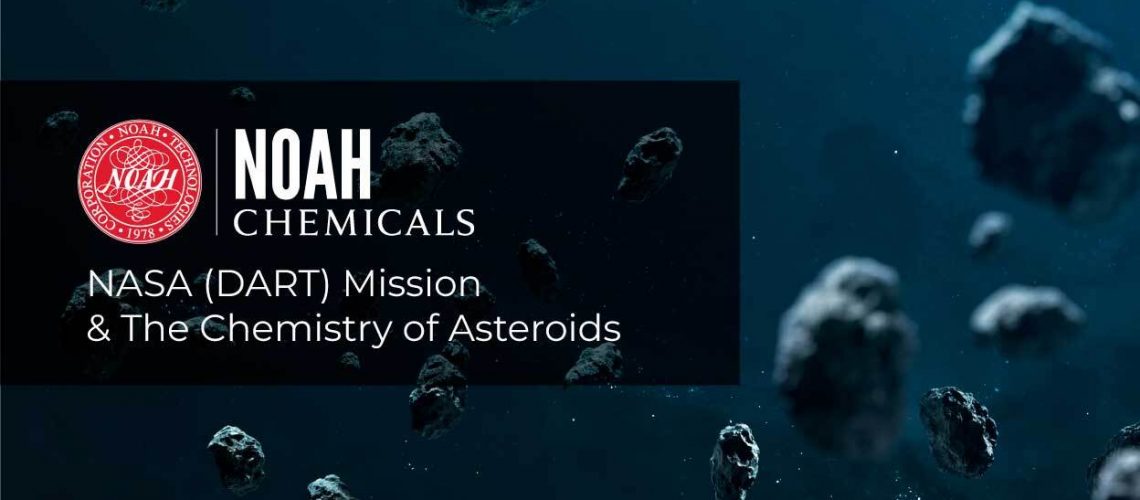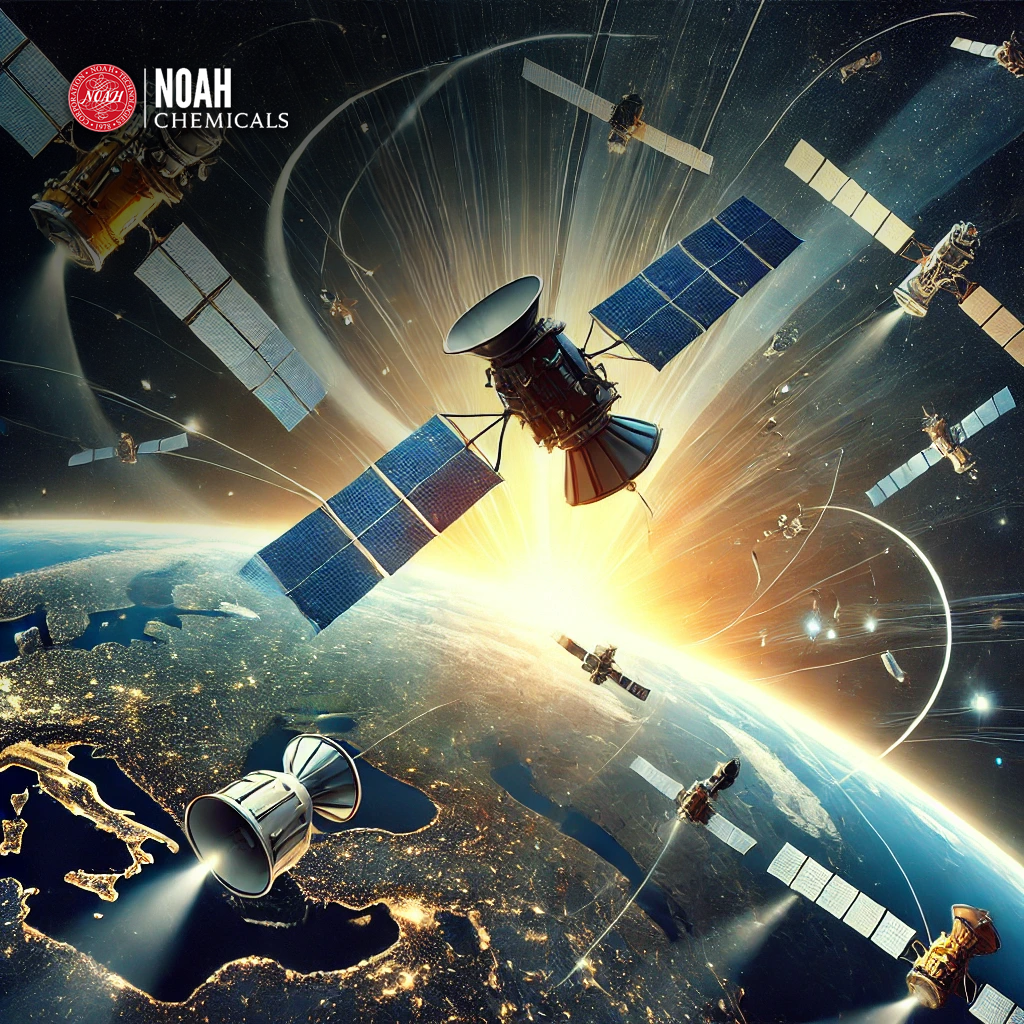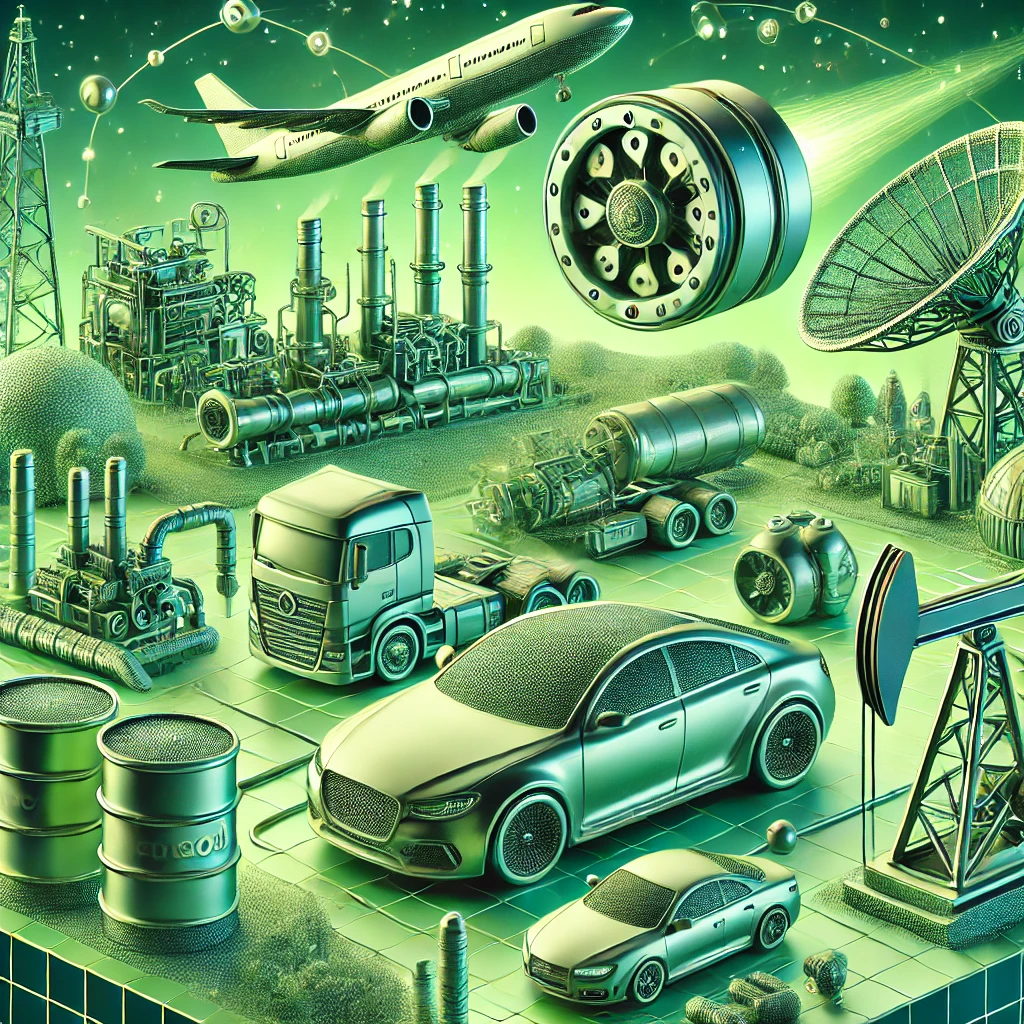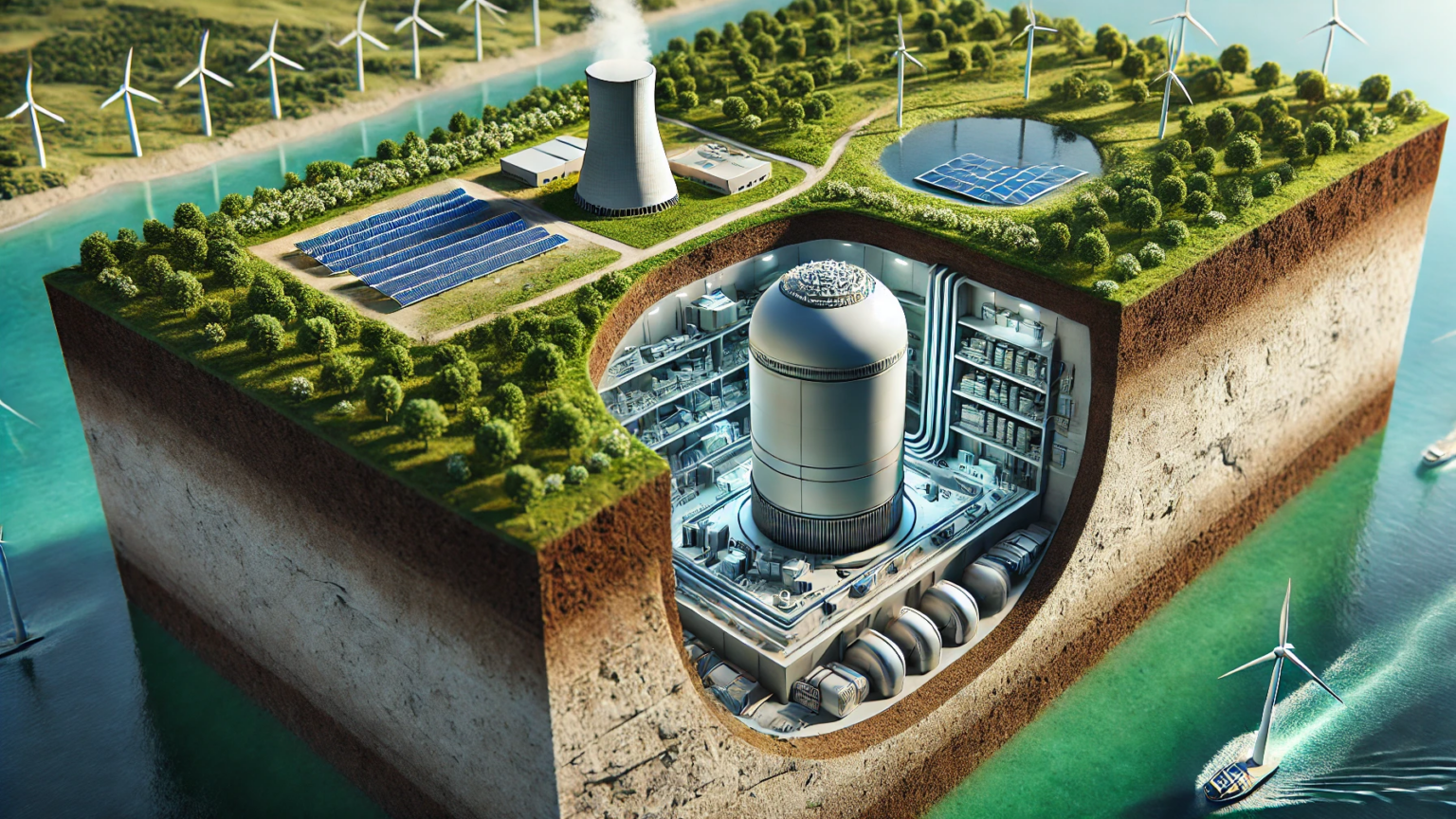On Monday September 26th 2022, at approximately 7:14 PM EDT, the U.S government’s Double Asteroid Redirection Test (DART) spacecraft hit the moonlet of asteroid Didymos, called Dimorphos which is the size of a football stadium. The spacecraft hit Dimorphos at a speed of about 13,000 miles per hour (6 kilometers per second or 21,000 feet per second). This is the first time in history that humankind has intentionally collided a spacecraft with an asteroid moon to alter its orbit. DART is part of NASA’s planetary defense program to test whether a spacecraft could be used to deflect an asteroid on a collision course with Earth. The team will use data from DART’s instruments and imagery to help better understand the effects of the impact on Dimorphos and refine models of asteroid collisions.
The DART mission is a critical step in demonstrating that this technology can be used to defend our planet from future asteroid threats. By studying the effects of the impact, scientists will be able to better understand how to protect Earth from future collisions.
Scientists believe that asteroids are leftovers from the formation of our solar system from about 4.6 billion years ago. Asteroids come in many different sizes and compositions. The largest asteroid, Ceres, is about 950 kilometers (600 miles) across and contains 32% of the mass in the asteroid belt. The second largest asteroid, Vesta, is only 530 kilometers (330 miles) across. Most other asteroids are much smaller.
The most common asteroids, Metallic asteroids, are composed of up to 80% iron and 20% a mixture of nickel, iridium, palladium, platinum, gold, magnesium and other precious metals such as osmium, ruthenium and rhodium. Stony asteroids are made up of silicate rocks and minerals with some iron-nickel metal. Carbon-rich, or organic asteroids, are made up of a higher percentage of carbon-based compounds.
Some of the Asteroids types in Our Solar System Include:
C-type Asteroids, which are the most common type, making up about 75% of known asteroids. They are dark in color and generally low in density. C-type asteroids are made up of clay, organic compounds, and water ice.
S-type Asteroids, which make up about 17% of known asteroids. They are brighter than C-type asteroids and are composed of silicate materials such as pyroxene and olivine.
V-type Asteroids, which are a class of asteroids that are compositionally similar to the planet Venus. They are composed of silicate rocks and metals, and are relatively rare in the asteroid belt. V-type asteroids make up less than one percent of known asteroids, but they are thought to account for a significant fraction of the mass of the asteroid belt.
M-type Asteroids, which make up about 8% of known asteroids. They are metallic bodies that contain high levels of iron and nickel. M-type asteroids are sometimes called “iron Meteorites.”
P-type asteroids, which have a very high albedo (reflectivity), are believed to be coated in a layer of carbonaceous material. These asteroids vary greatly in size, from tiny particles less than 1 meter across to huge bodies measuring more than 1,000 kilometers across.
Some of the Common Chemicals and Metals in Asteroids include:
- Hydrogen, Oxygen, Carbon and Nitrogen
- Iron, Cobalt and Nickel
- Ruthenium, Rhodium, Osmium, Iridium, Palladium and Platinum
At Noah Chemicals, we offer a wide range of chemicals and metals, including a few that make up the composition of asteroids! Additionally, we are proud to be the supplier of choice for some of the world’s largest companies, labs and research institutions. Our products are used in a variety of industries, including aerospace, automotive and medical. We are committed to providing our clients with the highest quality products and services, and we are continually expanding our product line to meet the changing needs of our customers.
Whether you’re looking for a specific chemical or metal, or you need help determining which product is right for your application, our team of experts is here to assist you. Contact us today to learn more about our products and how we can help you achieve your objectives.
“Meteorite classification”, Wikipedia
En.wikipedia.org/Meteorite_classification
Didymos & Dimorphos (blog), NASA, September 28, 2022,
Solarsystem.nasa.gov: Didymos in depth




